ANNISTON ARMY DEPOT, Ala. - Some things just get better with age, and thatAca,!a,,cs a true statement for Anniston Army Depot. Marking 68 years in existence this month, the depot continues to proudly serve the United States and the men and women of our Armed Forces.
The last year alone has seen several remarkable investments for the installationAca,!a,,cs continued success.
Two weeks ago, a groundbreaking ceremony was held announcing the construction of a new Small Arms Repair Facility that will replace the one constructed in the 1960s. The depot is the primary Small Arms Rebuild Center within the Department of Defense and overhauls weapons for all branches of the military. The new 83,000-square-foot facility will be located in the depotAca,!a,,cs western area adjacent to the small arms storage building and will eliminate the $500,000 annual maintenance costs incurred by the old dwelling.
Eight weeks ago, the ribbon was cut for the grand opening of the Powertrain Flexible Maintenance Facility, which houses overhaul and repair work on reciprocating diesel engines for combat vehicles. The $85 million, state-of-the-art operation comprises 142,500 square feet and was designed with a flexible floor plan that allows for movement and adjustment of maintenance equipment and production lines to support a changing work environment.
In October 2008, construction began on a new Industrial Wastewater Treatment Plan, valued at over $26 million. Located in the heart of the depotAca,!a,,cs 1.5-million-square-foot Nichols Industrial Complex, the facility treats the industrial wastewater from depot production processing to meet regulatory discharge requirements, as mandated by the Alabama Department of Environmental Management. Estimated completion time is 2011.
All of these endeavors will enhance our capabilities to perform maintenance on heavy-tracked combat vehiclesAca,!"M1, M60, and M113 family of vehicles; Assault Breacher Vehicle, Joint Assault Bridge, Paladin, Field Artillery Ammunition Support Vehicle, M9ACE, and the M88Aca,!"towed artillery, weapons systems, and more.
The depotAca,!a,,cs beginning and development has shaped where we are today. The original conception of the Anniston Ordnance Depot began in March 1940, while the country was involved in World War II. Initially 10,040 acres of land was purchased, authorizing construction for ammunition storage igloos, six standard magazines, 20 warehouses, several administration buildings, shops and garages, along with railroads, roads, water, power, and other facilities. Additional land was later required, expanding the size to 15,000 acres with costs increasing from $12 million to $14 million.
The installation was operated by the government from October 1941 to October 1943 and by Anniston Warehouse Corporation, a subsidiary of Chrysler Corporation, Detroit, Mich., from October 1943 to September 1945. The government regained ownership in September 1945.
With an initial workforce of four in September 1941, the numbers grew within months to 2,443 employees. Currently, the depot employs more than 7,300 employees (civilians, military, tenants, and contractors).
In 1952, the depot was assigned a maintenance mission for the overhaul and repair of combat vehicles.
A year later, a new maintenance shop was complete, with an approximate cost of $3 million and an estimated cost of equipment at $1 million. This building, which has received tremendous upgrades, covers approximately five football fields and is known today as Bldg. 400, or the Combat Vehicle Facility.
During the 1960s, the depot was involved with the M47 and M48 programs, as well as with reconditioning programs for the M19, M38, M42, M47, M56, and M59 vehicles.
In August 1962, the installation was renamed Anniston Army Depot, under the jurisdiction of the Army Materiel Command, or AMC.
The maintenance and storage of chemical munitions began in 1963.
In the 1970s, overhaul of the M551 Sheridan commenced as well as the overhaul and conversion of the M48A1 to the M48A5 and the M60A1 to the M60A3.
The 1980s brought the missile maintenance as a new mission, along with the entrance of the M1 Abrams tank - the ArmyAca,!a,,cs main battle tank.
The depotAca,!a,,cs general supply mission was assumed by the Defense Distribution Depot, Anniston, or DDAA, a major tenant here on the installation, under the command of Defense Logistics Agency in August 1992.
Partnering with Industry efforts were initiated in 1993 and today 38 public-private partnerships exist to support a wide range of vehicle conversions and upgrades.
In August 1994, the Center of Military History Clearing House was established as a tenant organization at ANAD.
In April 1995, the Anniston Chemical Activity was established to manage the chemical mission. The Chemical Materials Agency was established in October 2003, and ANCA and the Anniston Chemical Disposal Facility are now under CMA auspices. Today, more than half of the Anniston stockpile of Cold War-era chemical weapons has been destroyed.
On Oct. 1, 1998, operational control of Anniston Army Depot was transferred to TACOM, a Life Cycle Management Command under AMC.
At the same time, the conventional ammunition mission became a tenant organization function of the Anniston Munitions Center.
The depot has a rich history and a story to tell as it provides our fighting forces with improved vehicles and capabilities.
Covering more than 25 square miles, Anniston Army Depot consists of 15,300 acres of land, 40 acres of lakes and streams. Additionally, there are more than 2,100 buildings and structures, and 244 miles of roads and streets, 97 miles of fencing, and 37 miles of railroad track.
Sounds like a big metropolis, doesnAca,!a,,ct it' It is! ThatAca,!a,,cs why we take pride in describing each passing year as another opportunity to benefit the military fighting forces in the field.

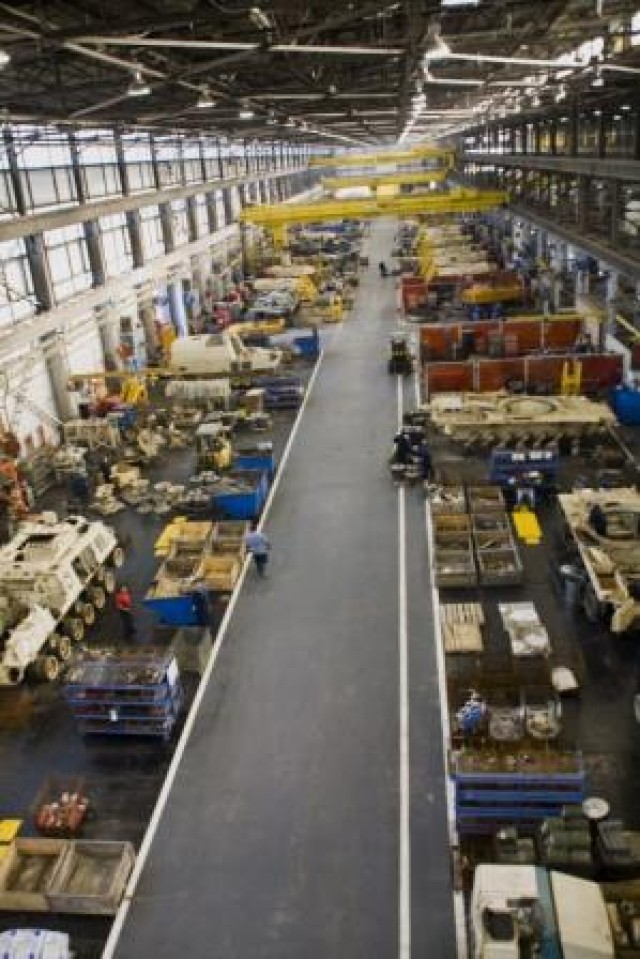
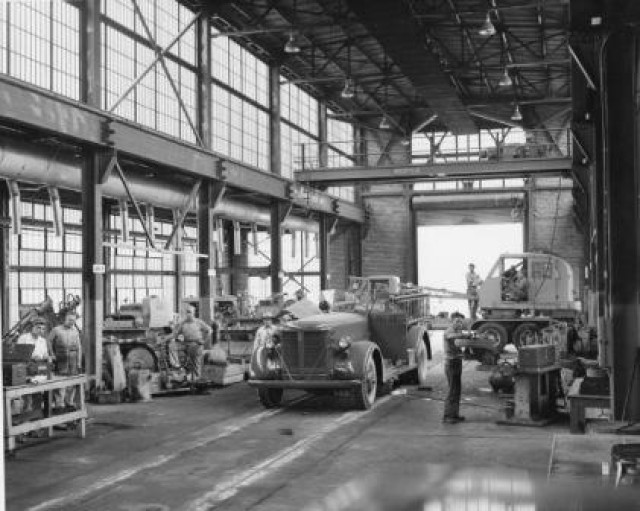
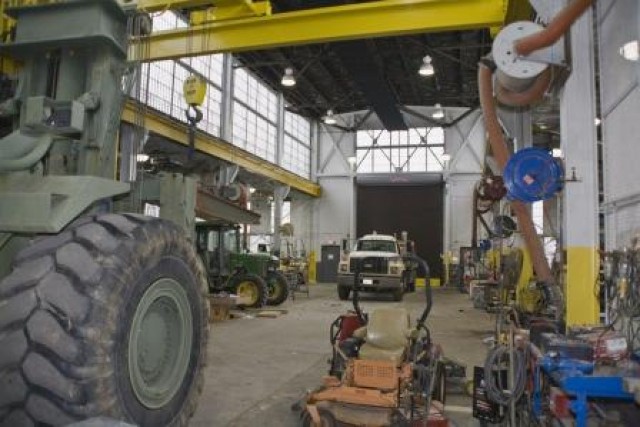
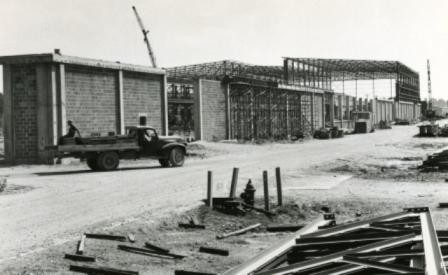
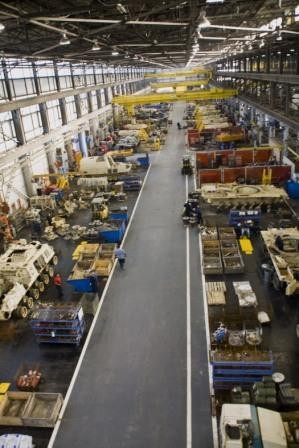
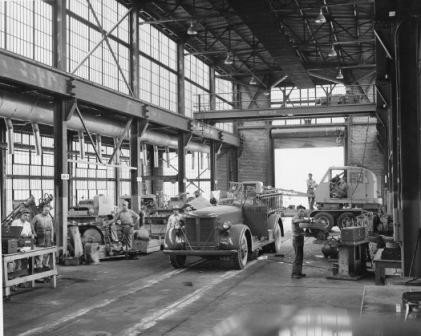
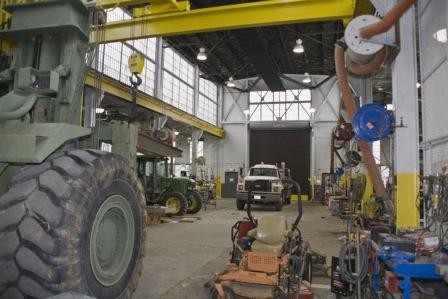
Social Sharing